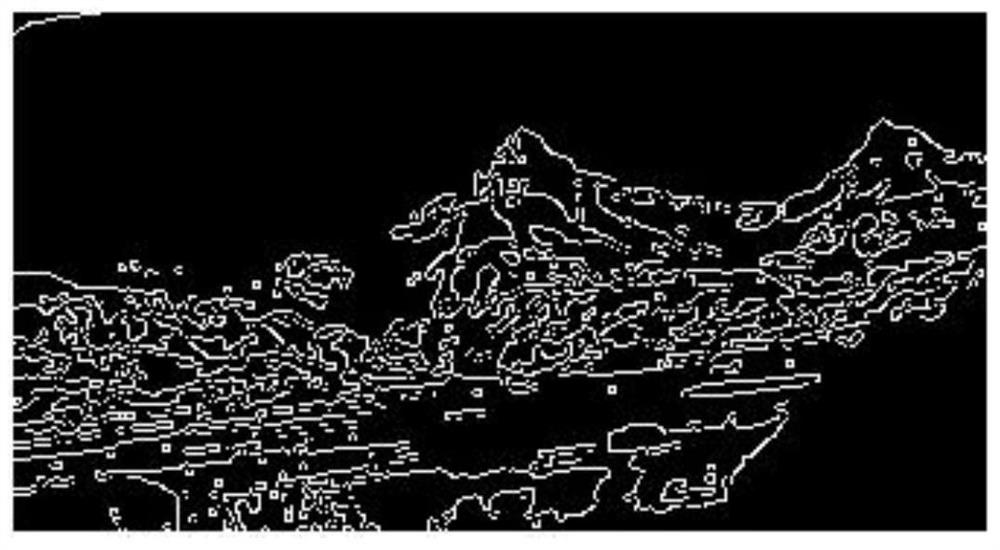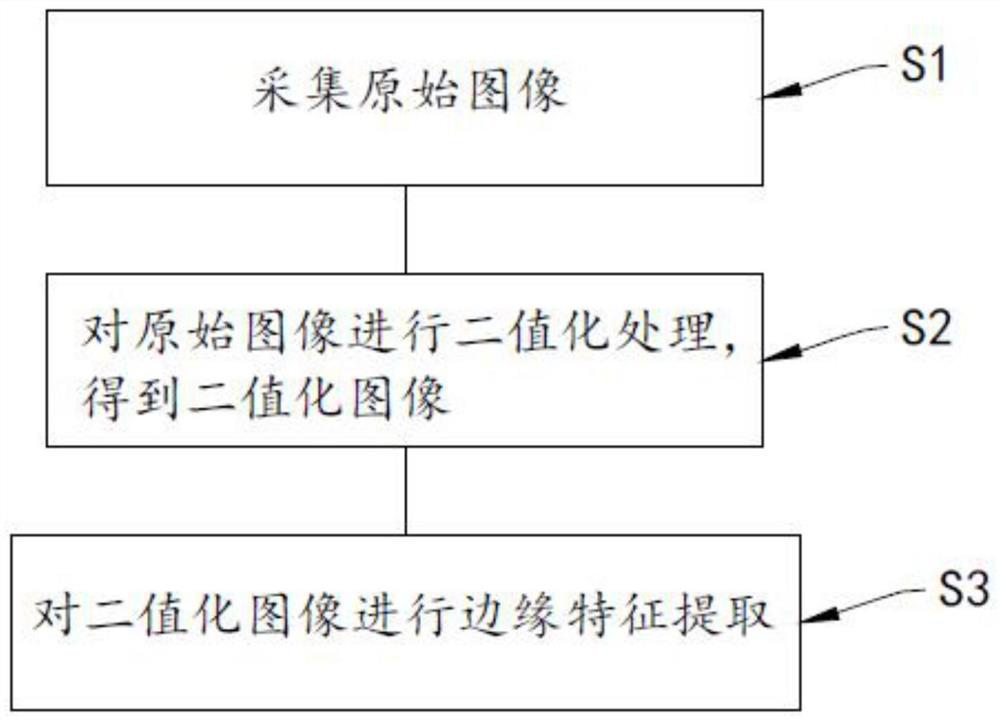An Edge Detection Method Based on Cellular Automata Theory
A cellular automaton and edge detection technology, applied in image data processing, image analysis, image enhancement, etc., can solve the problems of large noise, large amount of calculation, poor image softness, etc., and achieve low noise, less calculation amount, soft edge effect
- Summary
- Abstract
- Description
- Claims
- Application Information
AI Technical Summary
Problems solved by technology
Method used
Image
Examples
Embodiment 1
[0043] Please refer to image 3 , Figure 4 as well as Figure 5 , image 3 It is a schematic flowchart of an edge detection method based on cellular automata theory in Embodiment 1 of the present invention; Figure 4 It is a schematic flow chart of processing a binarized image in Embodiment 1 of the present invention; Figure 5 It is a schematic flowchart of encoding a digitally represented area in Embodiment 1 of the present invention. As shown in the figure, the edge detection method based on cellular automata theory of the present application specifically includes the following steps:
[0044] S1: Acquire the original image;
[0045] S2: Binarize the original image to obtain a binarized image;
[0046] S3: Perform edge feature extraction on the binarized image according to the cellular automata operation rules with intermediate continuous samples to obtain the target image.
[0047] In step S1, an existing method of collecting original images may be used, for exampl...
Embodiment 2
[0084] In this embodiment, an edge detection method based on cellular automata theory is used to detect figure 1 The edges of the original image shown are detected and extracted.
[0085] S1: collect the original image;
[0086] S2: Use the OTSU algorithm to binarize the original image to obtain a binarized image (such as Figure 13 shown);
[0087] S3: According to the rule56 operation rule with intermediate continuous samples, the edge feature extraction is performed on the binarized image to obtain the target image (such as Figure 14 shown).
[0088] Will Figure 14 and figure 2 By comparison, it can be seen that the target image obtained by the edge detection method based on cellular automata theory is softer, with more details and clearer.
[0089] In summary, in one or more embodiments of the present invention, the edge detection method based on the cellular automata theory of the present invention detects the edge of the image to obtain a target image that is so...
PUM
 Login to View More
Login to View More Abstract
Description
Claims
Application Information
 Login to View More
Login to View More - R&D
- Intellectual Property
- Life Sciences
- Materials
- Tech Scout
- Unparalleled Data Quality
- Higher Quality Content
- 60% Fewer Hallucinations
Browse by: Latest US Patents, China's latest patents, Technical Efficacy Thesaurus, Application Domain, Technology Topic, Popular Technical Reports.
© 2025 PatSnap. All rights reserved.Legal|Privacy policy|Modern Slavery Act Transparency Statement|Sitemap|About US| Contact US: help@patsnap.com



